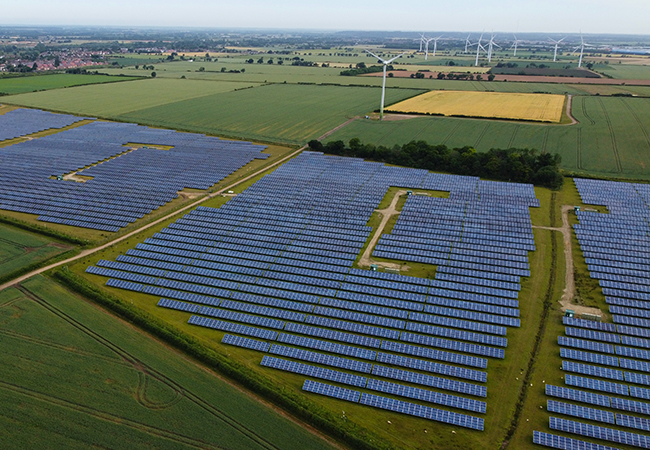
Nuclear and renewable power sources contributed more than 40% of global electricity output in 2024, more than in any year since the 1940s, according to a new report.
The latest annual Global Electricity Review by the thinktank Ember, says that a ‘record surge’ in renewables, combined with increased nuclear output, pushed clean power’s share of global electricity generation from 39.4% in 2023 to 40.9% last year. This meant 2024 was the first year in which low carbon sources delivered more than 40% of global electricity since the 1940s, when the global electricity system was 50 times smaller than it is today.
A record increase of renewable generation in 2024 was driven by a surge in solar power, a rebound in hydro, and moderate wind growth.
Collectively, renewable power sources added a record 858TWh of generation last year – a 49% increase on the previous record of 577TWh, set in 2022. Solar power accounted for more than half of this increase, surging by a record 474TWh in 2024, the largest annual growth in this form of generation in absolute terms and the fastest in six years, at 29%.
Global electricity demand grew by 4% in 2024, crossing 30,000TWh total demand for the first time – the third-highest percentage growth in electricity demand in the past 10 years.
Record-high temperatures in 2024 amplified the increase in electricity demand by 208TWh, fuelling a 1.4% rise in fossil-fuel generation and increasing power-sector emissions by 1.6%, to a new record high of 14.6 billion tonnes of CO2.
The record growth meant renewables were able to meet three-quarters of the growth in demand for electricity in 2024. Clean generation rose quickly enough to meet non-temperature-related growth in demand, says Ember.



